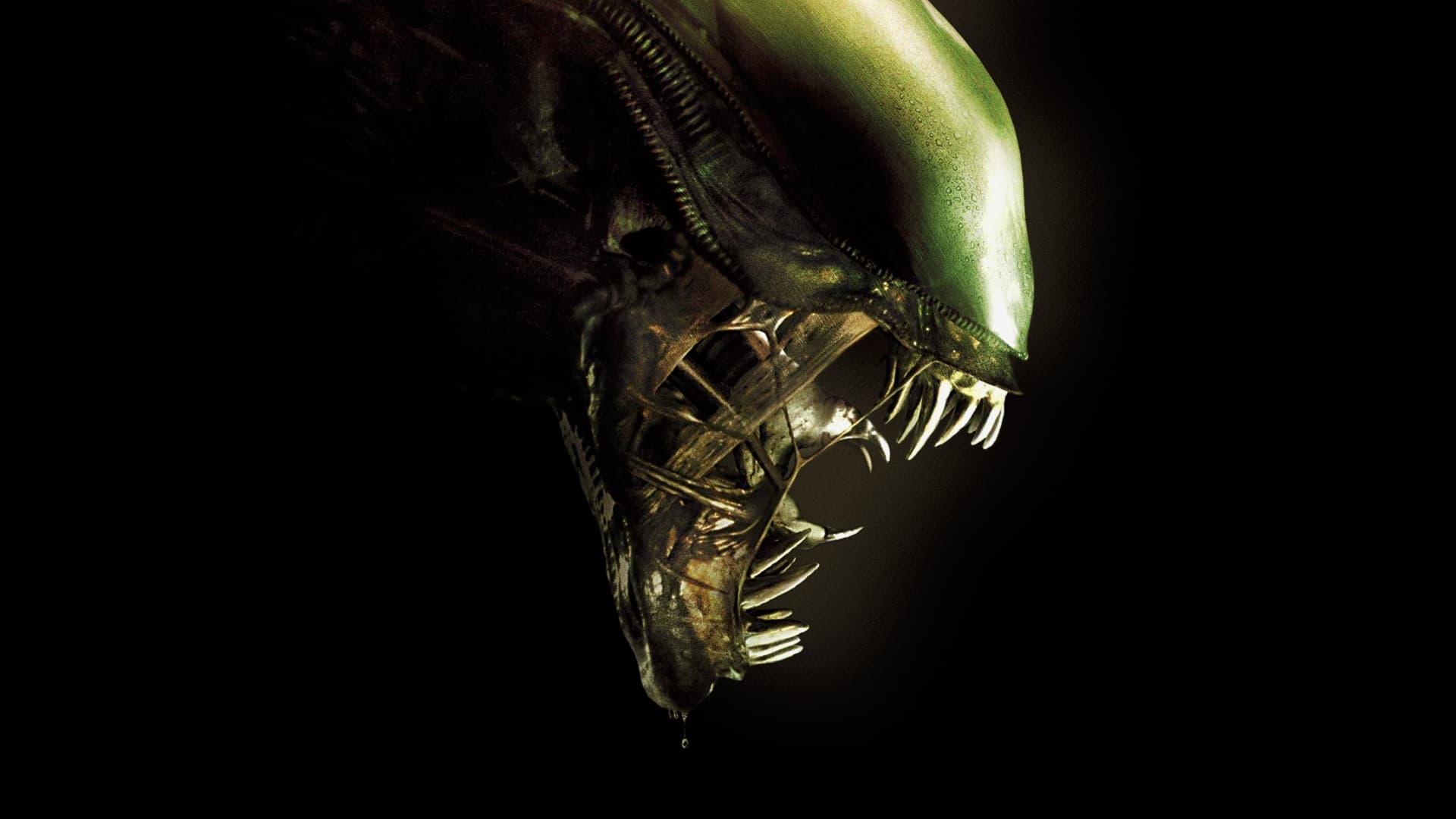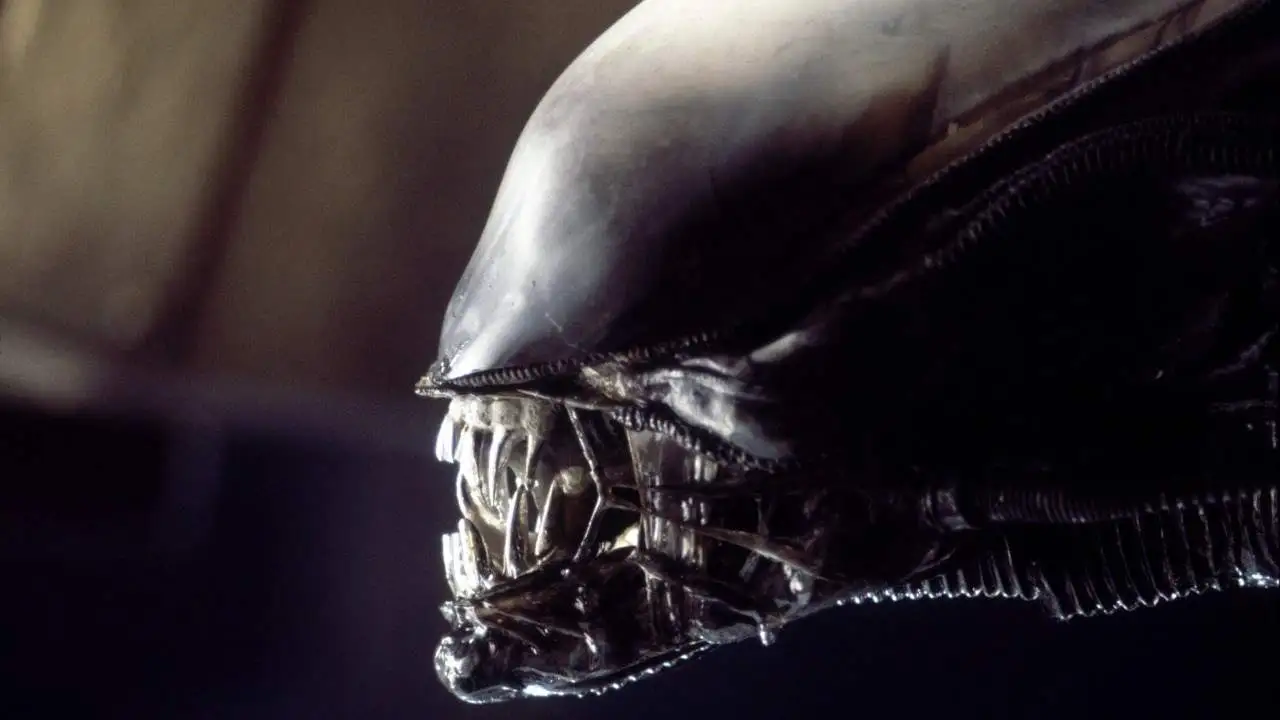In 1979, upon the release of Alien, many people thought it would be just another cash-in on the original Star Wars’ popularity. Little did they know how wrong they were. Alien turned out to be a completely different film from Star Wars; in fact, it wasn’t just a movie, but a much bigger cinematic phenomenon destined to revolutionize sci-fi horror films forever. People categorized many 1979 sci-fi horror films as B-movies. Alien also started as one, at least when it was still just a script presented to director Ridley Scott. Despite being fond of the writing, the director said that it was B-movie material.

So how did he transform it into an A-movie? Well, many factors came into play, such as the decision to cast Sigourney Weaver to play the main female protagonist, the effective use of silence throughout the sound design, going for dark and grim depiction of a spaceship instead of bright interior with colorful blinking buttons, and certainly the use of H. R. Geiger’s design for the Xenomorph.
Futuristic Realism
The traditional approach to sci-fi involves offering out-of-the-box yet scientifically grounded solutions to contemporary and future problems; most of these solutions are likely pretty impressive and adorned with good aesthetics–think of Star Wars and all its open-mindedness about the power of technologies to make even aliens agreeable. Ridley Scott’s Alien refused to play by that rule. Instead, the film came up with an entirely different idea of what the future of space exploration might look. Yes, you could still see blinking buttons and pleasingly bright light in the Nostromo’s interior, but other than that, the set is anything but inspiring or even exciting. The Nostromo’s design prioritizes function over form, as depicted in the film. Everywhere in outer space is an unforgiving, dangerous place full of hostilities, not a playground for earthlings to “boldly go where no man has gone before.” Like the spaceship, the characters are rough around the edges.
A Slasher in Space
Serial killers, beasts, and monsters are the usual villains in slasher movies. Some of the most popular slasher movies of the era include Psycho (1960), Black Christmas (1974), and, of course, The Texas Chain Saw Massacre (1974). Alien took the basic elements of a slasher like the relentless hunting, gruesome killing, jumpscares, silent suspense, fake relief, and even the final girl trope, and brought them to the dark corners of outer space. We’re also fairly sure that there had been plenty of space-monster movies before 1979, but none were quite as slasher-esque as Alien.
Xenomorph
Despite using very little CGI effects, the Xenomorph still looks as realistic today as it did decades ago. And that’s a brilliant achievement on creature design and filmmaking on their own. Previous space horror movies like “It! The Terror from Beyond Space” (1958) and “Planet of the Vampires” (1965) were strictly B-movies in which the monsters were obviously actors in costumes. Xenomorph was an entirely different beast created based on the H. R. Giger’s design. Thanks to a blend of organic and robotic elements throughout its anatomy, the Xenomorph was believably a much more effective extraterrestrial killer. While it still has human-like posture when standing upright with appendages (legs and arms) in the right places, the creature had just enough distinctive features to make it look like an actual organism of an extraterrestrial origin. Those B-movies were also not slasher in nature. Alien made the case for taking a spine-chilling horror to space without sacrificing the gore.
Sci-Fi without Lightsaber
Almost the entire time before Alien, the term “sci-fi” was mostly associated with the mesmerizing universes of Star Wars and Star Trek. Gene Roddenberry and George Lucas’ creations shaped most moviegoers of the era to view space as laser blasters and light-speed interstellar travel. Imagine suddenly being exposed to the dark and claustrophobic feel of Alien, where the protagonist stood an impossibly slim chance of surviving against the villain. In 1979, it must have felt like a revelation. It was a movie to subvert the idea that space was an open void where everybody was welcome to explore. No, space was a death trap to its core.
We think Alien has had its fair share of scrutiny, as well as praise, for its cultural importance and influence to the film industry at large. One thing that’s often left out of the discussion is the realization of what it has eventually become. Alien started as (arguably) a B-movie, but it has now spawned into a major “transmedia franchise” with arms reaching far beyond the cinematic world. Besides a slew of sequels, prequels, crossovers, and spinoffs, there have also been novelizations, audiobooks, video games, and even toys trailing its success. And the best thing of all is that Alien keeps the franchise alive and well without ever straying too far from its cinematic origins.
Do you think the prequel series, Prometheus and Alien: Covenant, also directed by Ridley Scott, are as good as the original? Can you name other space-monster movies in which the extraterrestrial creatures look like Alien? We’d love to hear from you.
Other Things You Might Want to Know
Alien main cast:
Sigourney Weaver was Ellen Ripley, the warrant officer and the film’s protagonist.
- Tom Skerritt was Dallas, the captain of the spaceship Nostromo.
- Veronica Cartwright was Lambert, the ship’s navigator.
- Harry Dean Stanton was Brett, the engineering technician.
- John Hurt was Kane, the executive officer who becomes the first victim of the alien.
- Ian Holm was Ash, the science officer with a hidden agenda.
- Yaphet Kotto as Parker – The chief engineer.
What is the Final Girl trope?
In the most traditional definition, the Final Girl simply is the last character left alive to confront the killer and survive in a slasher movie; obviously, this character must be a female. In many older works, the final girl often embodies the stereotypical conservative behaviors of what a girl (or a woman) should be. These behaviors may include the tendency to avoid drinking alcohol, having extramarital sex, etc. That being said, the trope has seen quite a lot of creative subversion over the years to where only the basic element–being a female and the only survivor of a terrible situation when other people die–remains intact.
Is Ellen Ripley a Final Girl?
She’s qualified as a final girl, but not in the traditional sense of the term. Ripley, at the end of Alien, has become more than just a survivor aboard the Nostromo. Ripley actually fights back with all her might to stay alive, and transforms into an action hero, or heroine if you like.







